Each Speak Agent module includes 5 to 10 sequenced academic language activities corresponding to a unit of study in your curriculum.
Each activity addresses a critical stage of academic language development:
| Acquire the Vocabulary | Build Comprehension | Communicate Reasoning |
|---|---|---|
| Goal: Make the academic concepts accessible to all learners. | Goal: Deepen understanding of the key academic concepts; make real-world connections. | Goal: Encourage students to demonstrate mastery and critical thinking. |
| Process: Engage students in listening, speaking, and morphology practice using visual aids. | Process: Engage students in reading and interacting with simplified but age-appropriate texts. | Process: Ramp up the complexity of texts and add opportunities for open-ended expression. |
How Much Time Will It Take?
Based on independent research, the best outcomes are achieved by using Speak Agent for four hours per month. We recommend using the program in small doses multiple times per week, ideally a little each day, for maximum effect. Many Speak Agent activities can be completed in just 5 or 10 minutes, making it easy to integrate with your existing lesson plans.
When Do I Use It?
Each digital lesson spirals in a three-step learning progression:
- Before Each Unit: Provides visual aids to introduce key concepts and foundational vocabulary. Engages students in listening, speaking, and morphology practice.
- At the Start of Each Unit: Uses simplified but age-appropriate interactive stories, texts, and videos to build background knowledge and make connections to the real world.
- During Each Unit: Engages learners using reading and writing activities with leveled, accessible texts to deepen content knowledge and have students demonstrate their reasoning and communication skills.
Within a block or class period, there are several ways you can slot in Speak Agent. Here are common examples:
- Bell Ringer. Students sign in and get to work as soon as they enter the classroom!
- Lesson. Teachers introduce new concept using a Speak Agent activity. Students keep Word Gallery open as a reference tool.
- Small Group. Teacher leads instruction in small groups or pairs.
- Independent Practice. Students not in groups engage in self-paced work.
- Exit Ticket. Put a Speak Agent activity up on the big screen to engage in whole-class reflection—or use a writing activity as an exit ticket.
- At Home. Assign Speak Agent as homework—or let students try bonus activities.
How Do I Use It?
Speak Agent is both a teaching toolkit and a student engagement platform. It delivers a mix of teacher-led activities, co-learning opportunities, and independent practice organized into our research-based Content + Language framework. While every activity can be done independently, teachers have a critical role to guide practice, give feedback on writing, and to moderate group activities.
As a toolkit, we offer a variety of strategies and approaches and give teachers the flexibility to choose how to implement them. For details, take a look at the Activities A-to-Z section at the end of our Teacher’s Guide.


